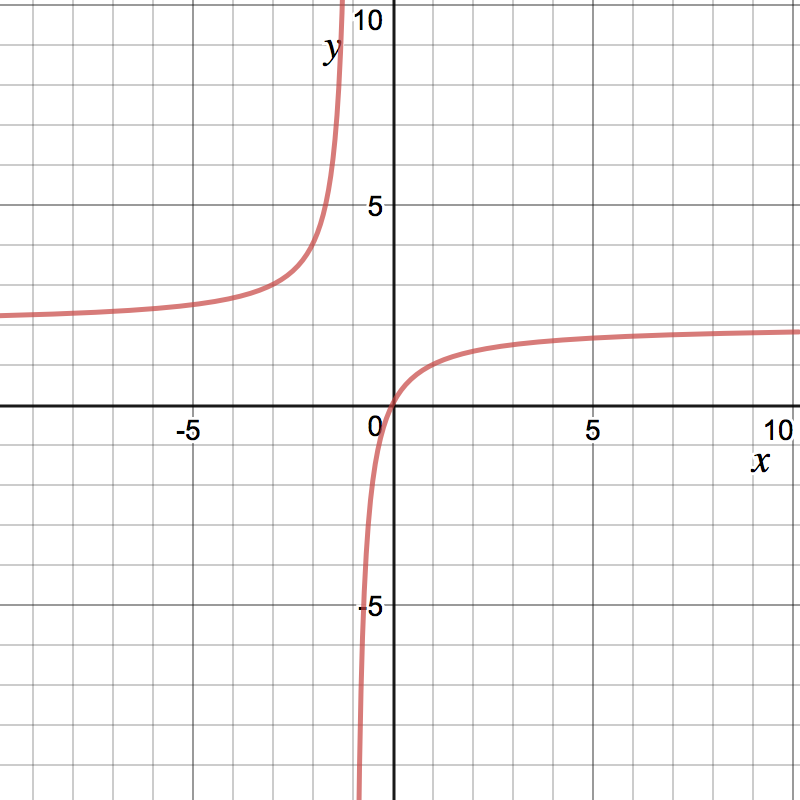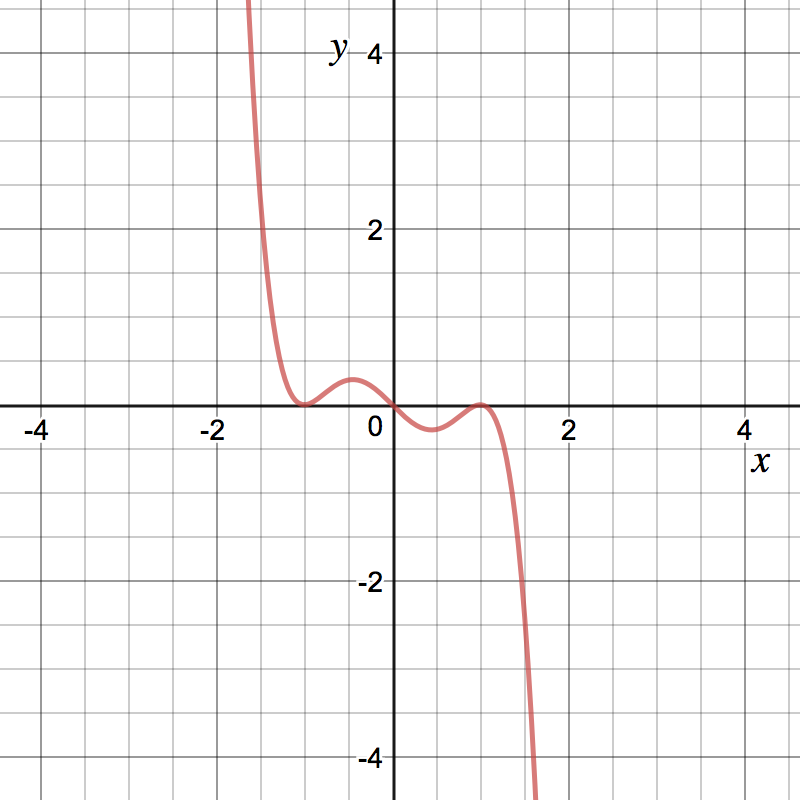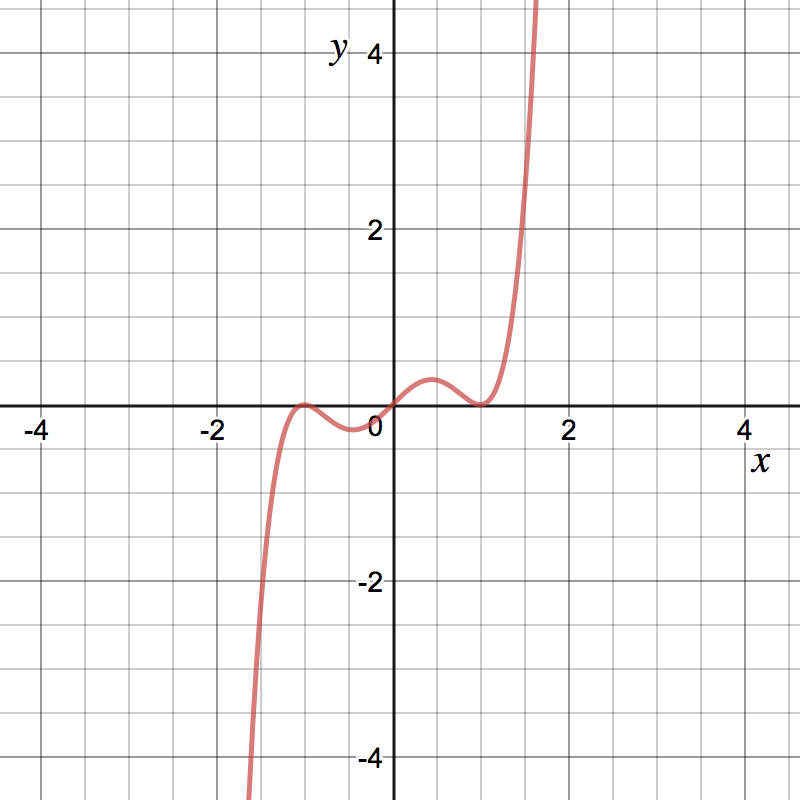Recap Video
Take a look at the following video which recaps the ideas from the section.
Example Video
Below are two videos showing worked examples.
Problems
Consider the limit . The following logic is flawed:
Why is it that this application of limit laws does not work? Select all that
apply.
If , evaluate:
- : Notice as gets large, both the numerator and denominator of become larger, so we aren’t quite sure what to make of the ratio. To make it easier for us, we will multiply the top and bottom by over the highest power of that occurs in the denominator. In this case, that means . If we do this, we get Now, notice that as , the numerator approaches , as does the denominator. Therefore,
- : In this case, all the algebra from the previous part remains the same, so in this case,
Evaluate .
We will repeat the steps of the previous two problems. Namely, we
will multiply by over the highest power of that appears in the denominator,
meaning in this case. Doing this gives us
In the denominator, we can just multiply through by . In the numerator, the
trick is to write (which is true because as ). Therefore,
When we write it this way, namely
we can now multiply everything through to get
Taking a limit as , we get an answer of
Evaluate the limit .
Notice that as , the numerator doesn’t even have a limit.
We will get around this by using the squeeze theorem. Again, our problem is
the term, so we will first bound that. Since
we can say
Now we want to make the middle term look like our function, so we will
divide everything by . Doing this gives
Taking a limit as , we see
Therefore, our limit is .



